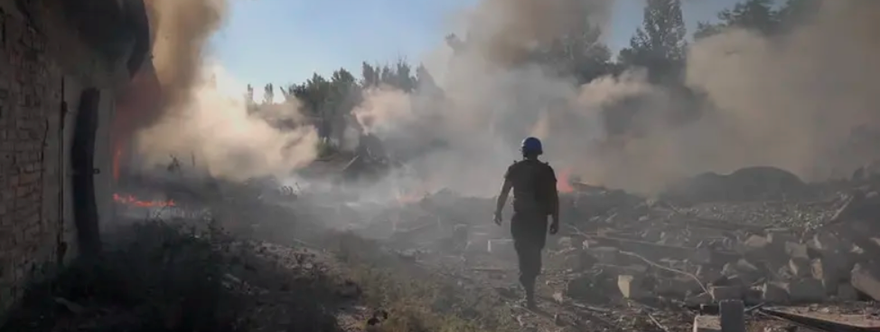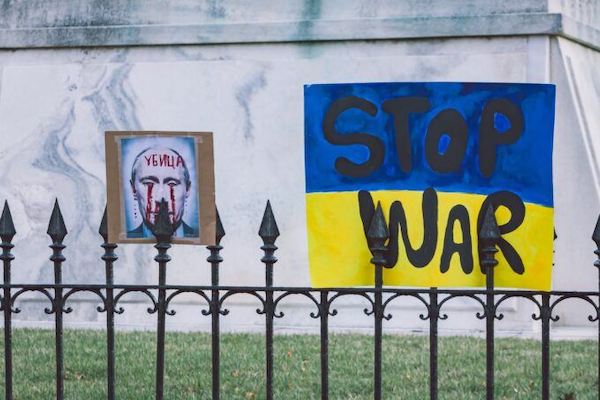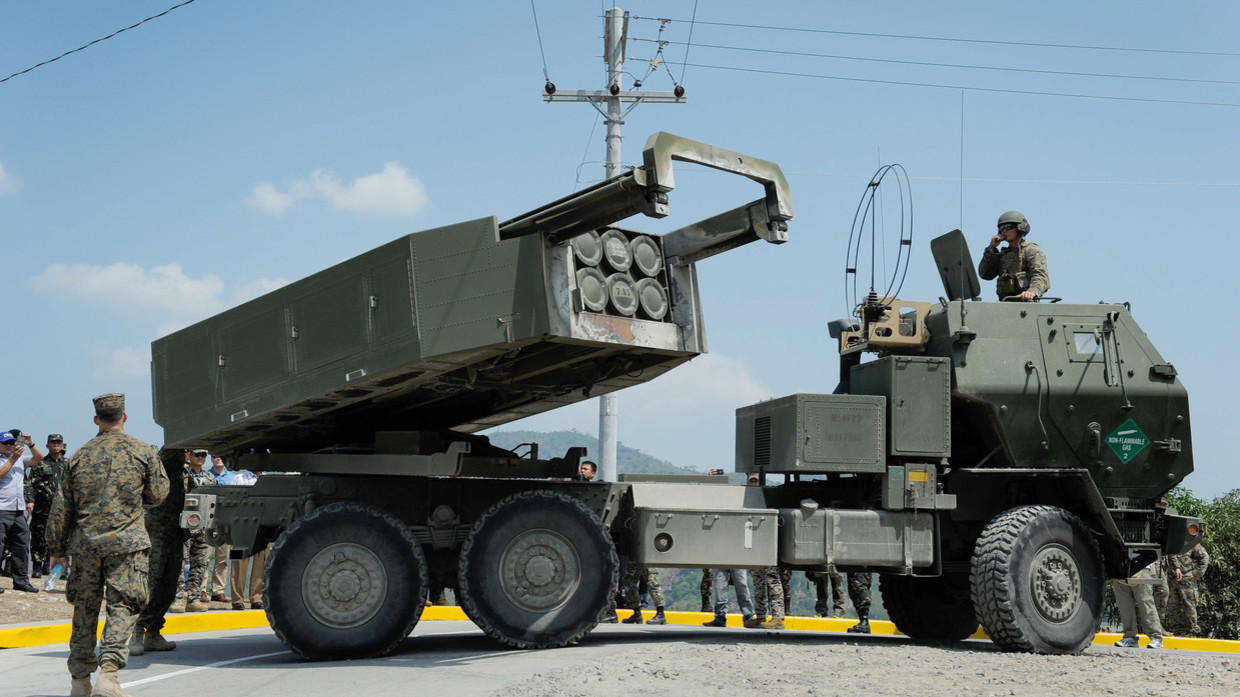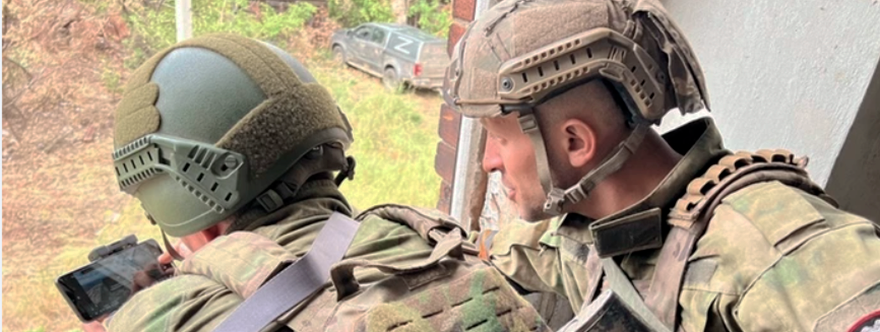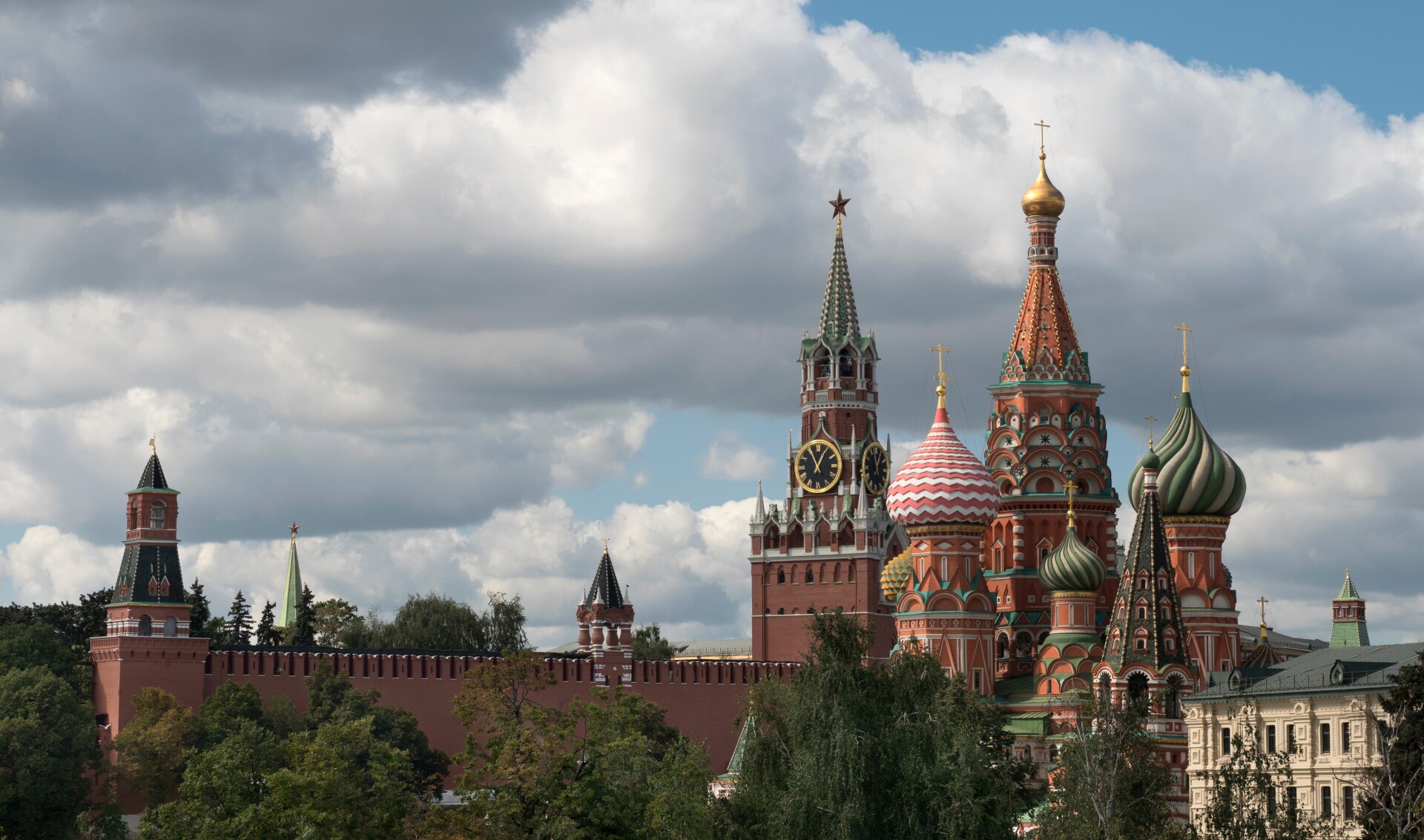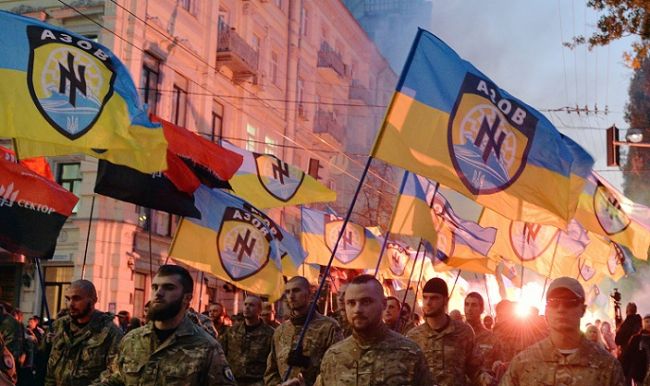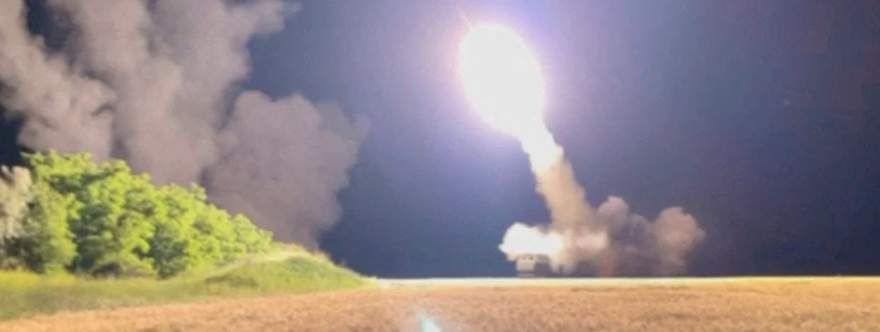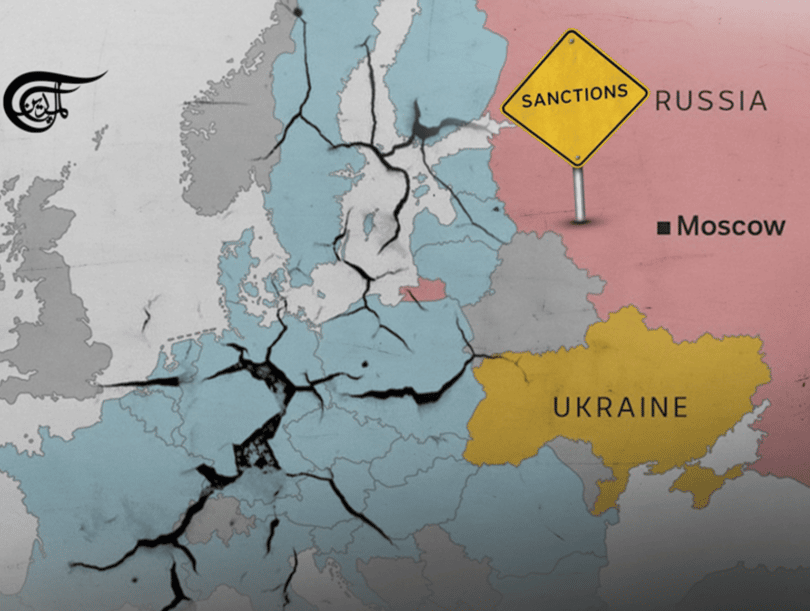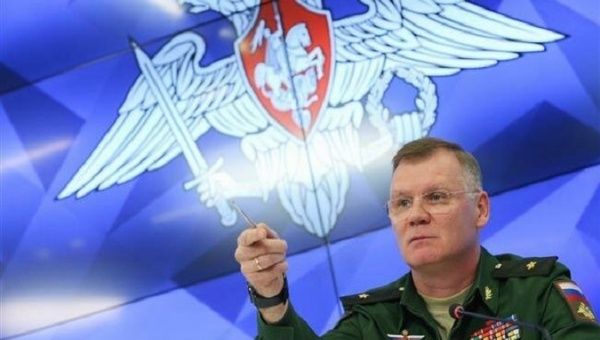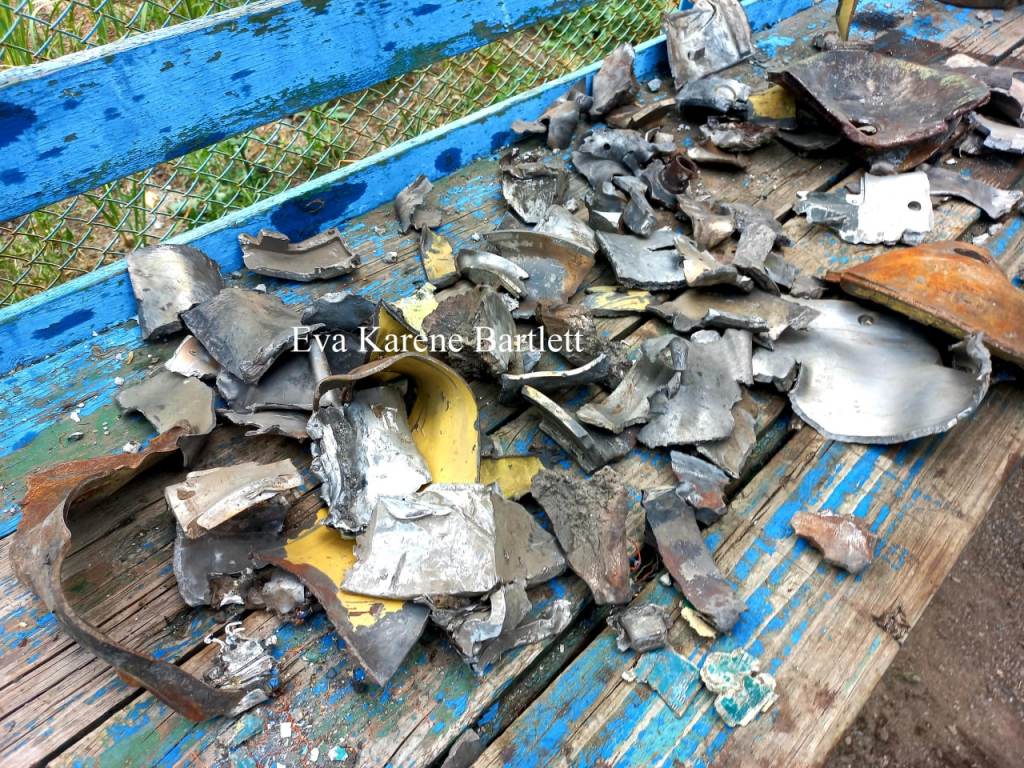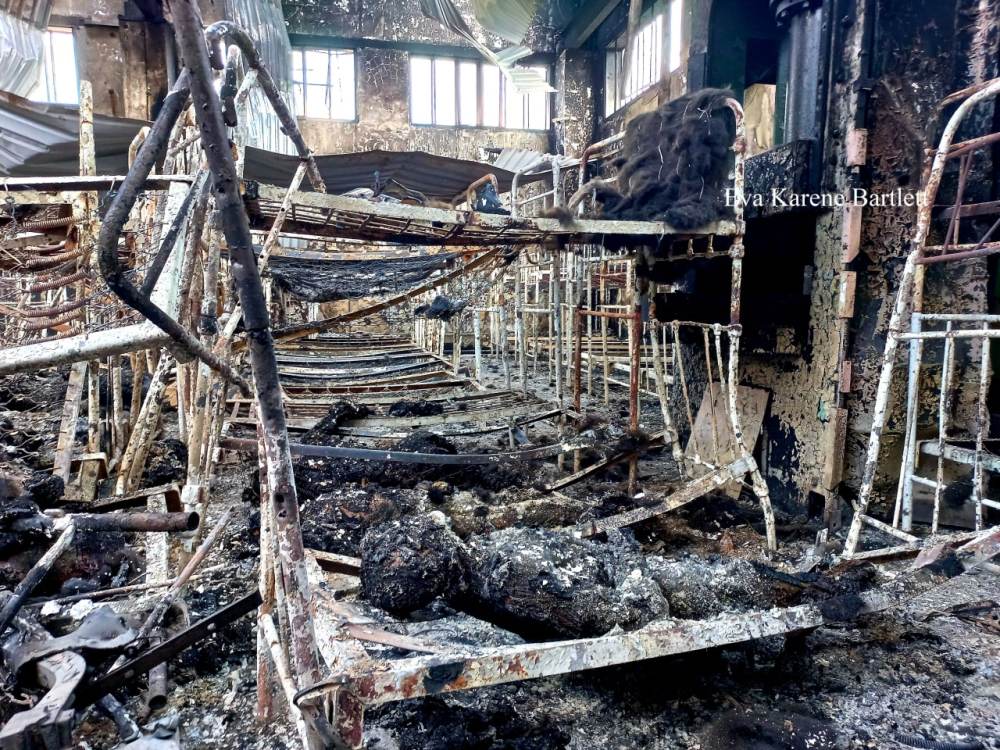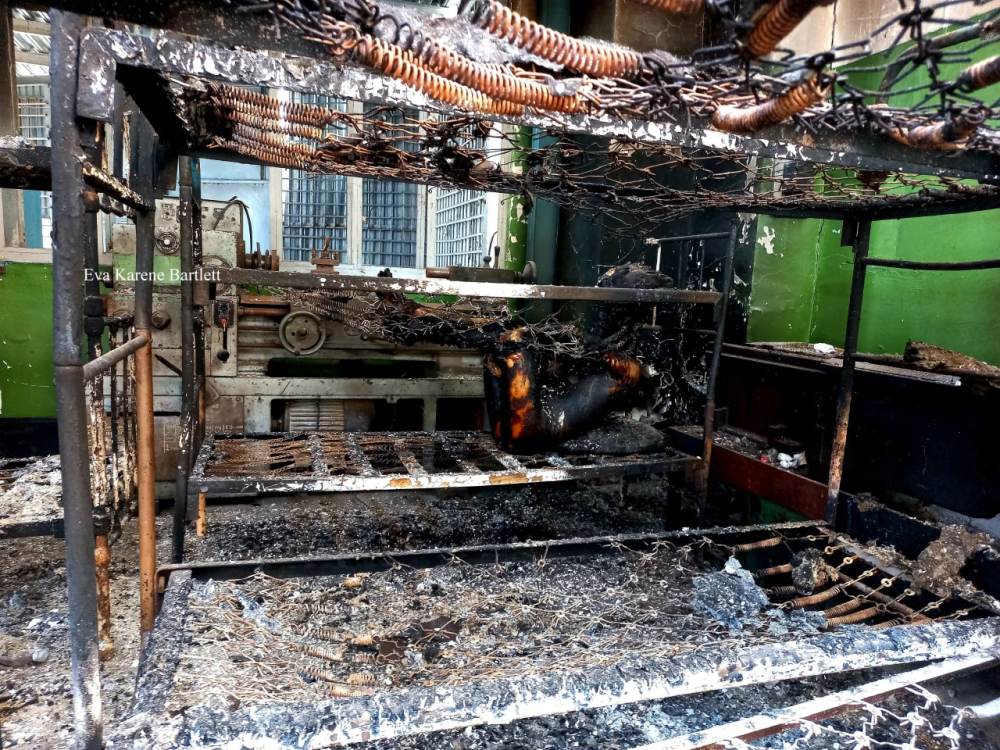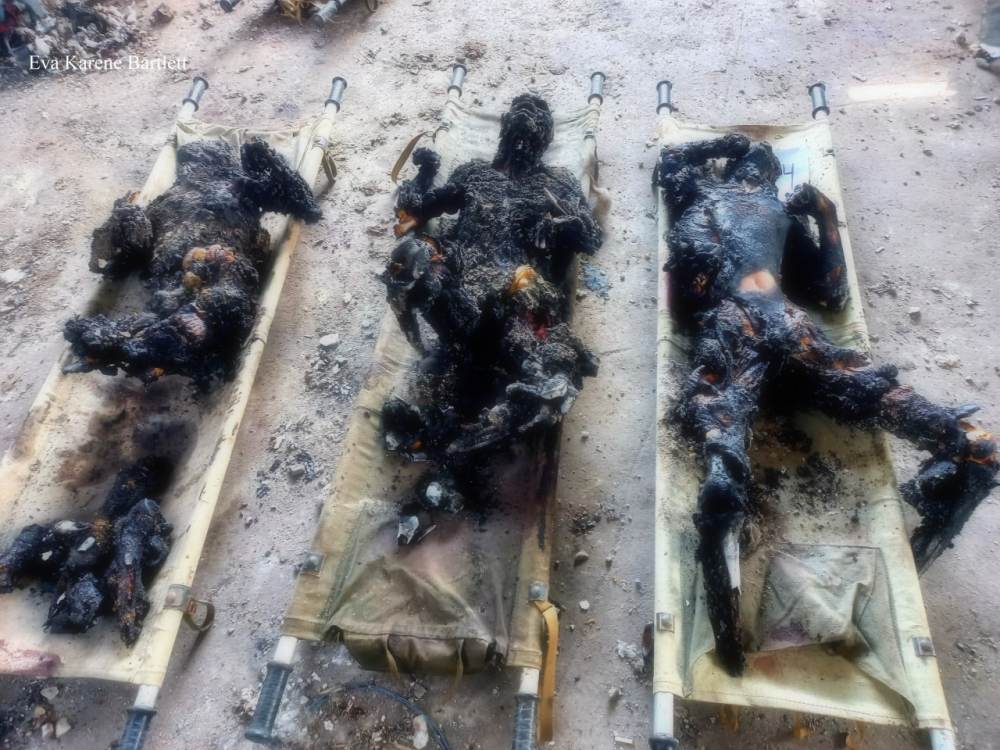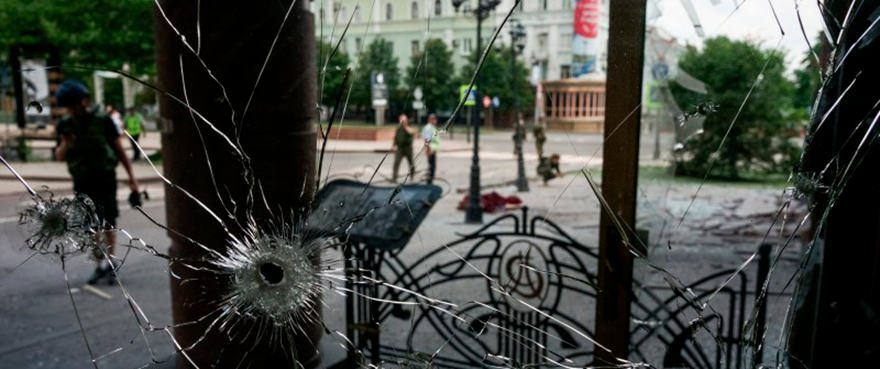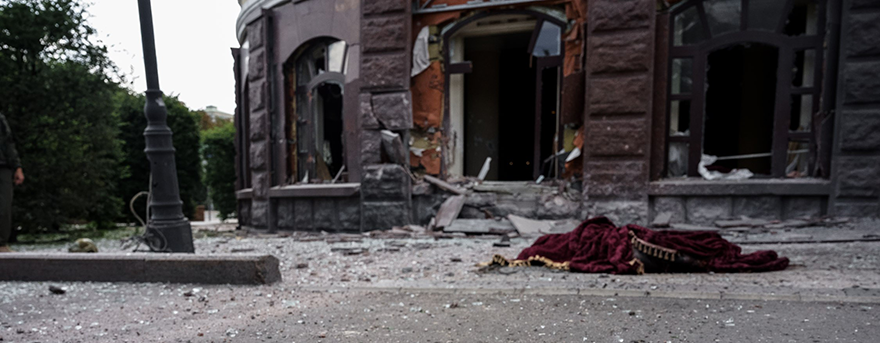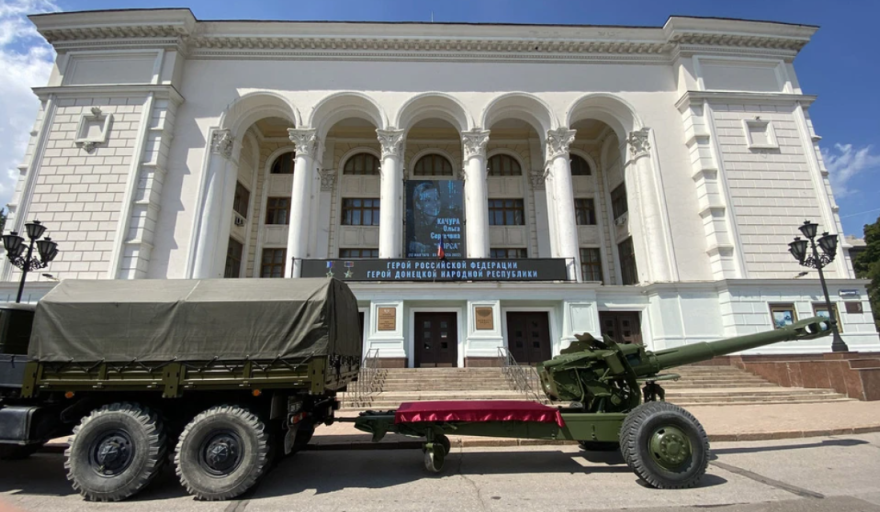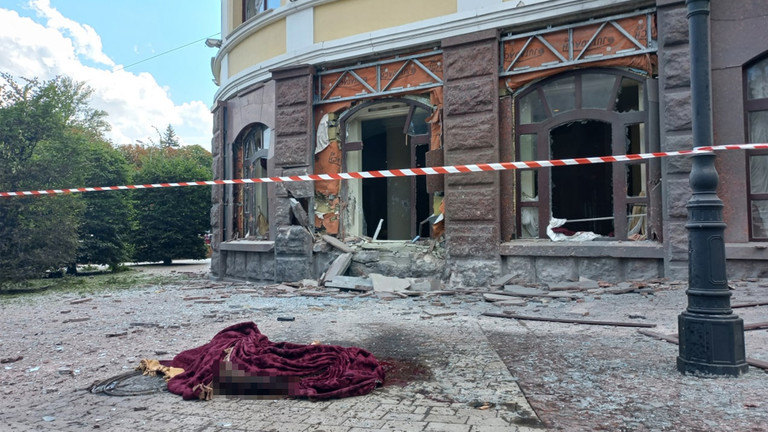POSTED BY @NSANZO ⋅ 07/29/2022
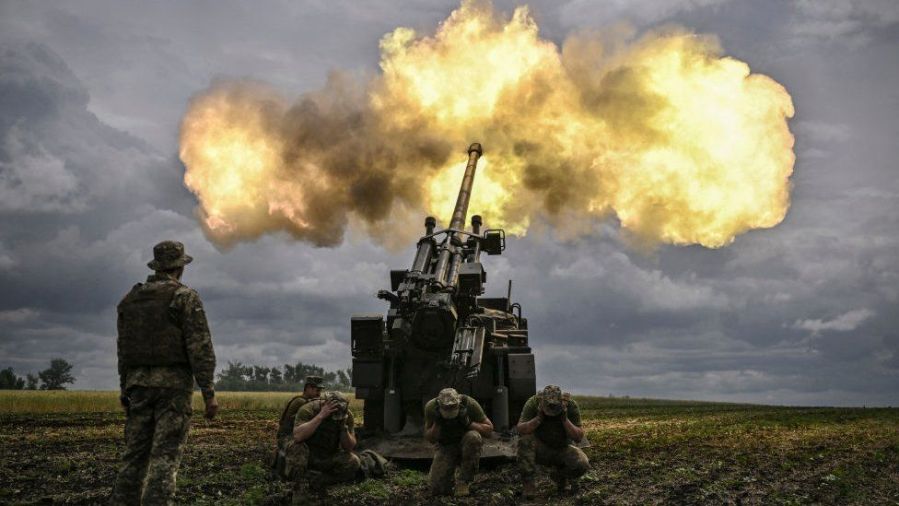
The supply of Western weapons to the Ukrainian Army, which had already received training, financing and resources from its partners over the last eight years, has been one of the main issues on the political agenda of the European Union in recent months and from the United States. Five months after the start of the Russian intervention, large quantities of weapons continue to be shipped to Ukraine and used on the front lines amid Ukrainian demands for more shipments of ever heavier weapons. However, the interests and weapons readiness of the countries that are supplying these weapons are also important factors. The United States, the main source of weapons, has wanted to make it clear that, while it is willing to fight Russia to the last Ukrainian, It wants the conflict not to spread beyond the country's borders. Hence, for the moment, it guarantees a constant supply that makes it possible to continue the war in the long term, but refuses to supply the longer-range guided missiles requested by kyiv and with which it could attack, not only Crimea, thus causing an escalation without possible control, but targets in mainland Russia.
Original Article: Colonel Cassad
After a visit by US congressmen to kyiv, it has been claimed in Washington that the US should only supply 25-30 HIMARS (or similar foreign systems) to Ukraine. In other words, to the declared 20, 16 of which have already been officially delivered (according to the Russian Ministry of Defense, four have been destroyed and one was supposedly sold, although there are no images of it), a dozen more pieces should be added. .
It is important to understand that, in addition to issues stemming from the desire to intensify attacks on weapons depots and checkpoints of the Armed Forces of the Russian Federation, these supplies also hide another, more banal goal: replenishing the total fleet of multiple launch rocket systems. heavy, which the Armed Forces of the Russian Federation have managed to limit by destroying a significant number of Uragan and other systems. In addition, due to the high intensity of their use, it is known that there is difficulty in getting enough ammunition for them. There is no problem in the case of Western MLRS, since even if a certain percentage is destroyed by Russian missiles, the supply can continue for a long time.
Unlike in Europe, the US stockpiles of missiles and shells are as large as those of the Russian Federation, so the US has prepared for a long war, since, from a resource point of view, it can be allow (not the European Union). The most important thing is that the Ukrainian cannon fodder continues to fertilize the fields on the left bank of the Dnieper and support the conflict to keep it at a level convenient for the United States, without freezing it, but without falling into a direct confrontation between the United States and Russia. . That is, in fact, the essence of the simple American strategy.
***
Just as important as the type of weapon shipped is also the type of ammunition for that loadout. For the time being, these shipments also support the strategy of keeping the conflict limited to Ukrainian territory, maximizing the damage that Ukraine can do to Russian troops and looking to the long term, a signal to Russia that its goal of demilitarizing the Ukrainian Army is going to face a constant supply of US weapons and ammunition that is not intended to be limited to the current war.
Original Article: Antifashist
Biden believes that Washington should not create the conditions that could lead to a third world war, said US national security adviser Jake Sullivan. The United States does not intend to supply Ukraine with ATACMS-series ballistic missiles for the M142 HIMARS. This was stated last Friday by the adviser to the president for National Security Jake Sullivan in his appearance at the annual security forum of the Aspen Institute in Colorado.
“There are certain types of weapons that the president is not willing to supply. One of them is long-range missiles (ATACMS), which have a range of 300 kilometers. From the president's point of view, while the primary goal of the United States is to do whatever is necessary to support and protect Ukraine, another key goal is to ensure that we do not find ourselves in a situation where we are headed for World War III. So the president has stated that he is willing to supply advanced ammunition for HIMARS systems, which are already being widely used, but he is not willing to send long-range missiles.”
Jake Sullivan insisted that the United States supplies Ukraine with weapons to meet the military objectives set by kyiv in addition to training Ukrainian troops in their use.
In addition, the United States has also denied information about the supply of combat aircraft to Ukraine. Washington only sends spare parts to Ukrainian aviation, according to the Pentagon spokesman. “We have sent Ukraine spare parts and other equipment so that it can effectively maintain its aircraft, so that they continue to fight (…). But we have not supplied US aircraft. We have focused on unmanned aerial vehicles,” he stated on Friday.
Earlier, John Kirby, coordinator of the communication strategy of the White House Security Council, had stated that the United States has begun to consider the possibility of supplying Ukraine with combat aircraft. The Defense Department representative was responding to a question about whether the administration is currently considering such a possibility even though he has stated in the past that it would worsen the situation. “Now, for the first time, we have the opportunity to look at the future of the Ukrainian Armed Forces in a broader way. Right now, we are still focused on the current battles. That is our main task. But we are talking about time and, in the end, about directing resources to also analyze the future capabilities of the [Ukrainian] forces,
"For current battles, it's not something we're considering right now," the official added, referring to combat aircraft. “States are working on broader discussions with Ukraine about their future needs for the Armed Forces and we are considering a wide range of assets, including aviation, to meet those future needs,” he explained. The Defense representative recalled that the United States will supply Ukraine with up to 580 Phoenix Ghost drones, the delivery of which will begin in August.
https://slavyangrad.es/2022/07/29/pensa ... more-25156
Google Translator
*************************
Russian Gas Embargo “Impossible,” Austrian Chancellor Says

A common energy platform is at this time more important than ever to avoid competition between EU countries, Austrian Chancellor Karl Nehammer said. Jul. 28, 2022. | Photo: Twitter/@Mousacisse1
According to the Austrian Chancellor, placing an embargo on Russian gas in the EU is out of the question as it poses a risk of industry collapse and unemployment.
Austrian Chancellor Karl Nehammer made the comments at a press conference with Hungarian Prime Minister Viktor Orban in Vienna.
A European Union (EU) embargo on Russian gas "is impossible not merely because Austria depends on Russian gas, the German industry also depends on it, and if it collapses, the Austrian one will crash down also; we will face mass unemployment," Nehammer said.
Given Russia's "resilience on account of its size and its capabilities," the sanctions already adopted do not act fast enough, the Austrian Chancellor said on the occasion in connection with the situation in Ukraine.
The official also criticized the EU's slow pace in setting up a joint mechanism for energy purchasing. A common energy platform is now more important than ever for preventing competition between EU countries, Nehammer said.
Faced with the possibility of supply disruptions this winter, EU member states agreed on Tuesday to a voluntary reduction of 15 percent in natural gas demand compared to the 2017-2021 average.
https://www.telesurenglish.net/news/Rus ... -0021.html
PM: Hungary Won't Follow EU’s Gas Reduction Plan
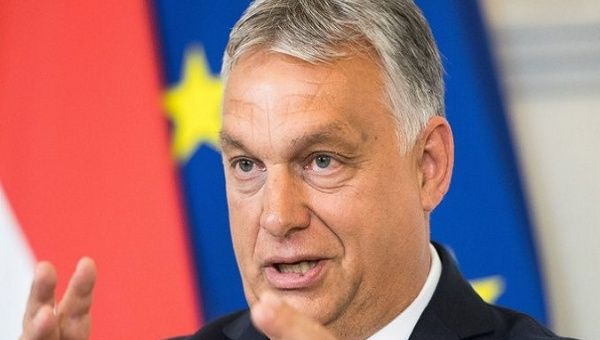
Hungarian PM says the country will not engage in the EU plan for reducing energy by 15 percent. Jul. 28, 2022. | Photo: Twitter/@starck_jean
On Thursday, the Hungarian Prime Minister said its country would not abide by the plan on gas reduction proposed by the EU.
Viktor Orban, Hungarian Prime Minister, announced during his meeting with Austrian Chancellor Karl Nehammer in Vienna that Budapest will not follow the plan proposed by the EU regarding the reduction of gas consumption by 15 percent. The Prime Minister explained that Hungary determines its own energy policy.
Orban continued to say that all attempts by Brussels to interfere with this “will not find favor with the Hungarians.” The comments came in light of the announcement made by the European Council, earlier this week in anticipation of a cutoff in supply from Russia on the measures to reduce their gas demand by 15 percent until the winter.
Budapest was the only EU member state to oppose the voluntary plan, which could turn mandatory if the bloc declares a state of emergency. The Hungarian side said it was “simply impossible” to go without Russian energy. In addition, last Thursday, Hungary's Foreign Minister Peter Szijjarto went on a business trip to Moscow to for negotiating the purchase of 700 million extra cubic meters of Russian gas.
“Our people don’t like that kind of thing,” said the Hungarian top official making an allusion to the EU proposal. "If Brussels has a say in what to do with our own energy, regardless of Brussels' good intentions or bad intentions, it will not find favor with the Hungarians.” He added that would make an effort to “convince Brussels to create a strategy that is good for the Ukrainians, the EU, and EU households.”
According to Orban, Brussel's implementation of energy reduction means that the continent is moving toward a “wartime economy.” He added that until peace is not reached, Ukraine "will not be able to solve any problems, there will be no energy, and the entire European Union will be pushed into an economic situation of war.”
Hungary's legislator said the current energy crisis could lead to the continent's recession and political instability.
https://www.telesurenglish.net/news/PM- ... -0018.html
Russia to Symmetrically Respond to Finland, Sweden, and NATO

The former Russian President said that the country will reciprocally answer Sweden and Finland's moves. Jul. 28, 2022. | Photo: Twitter/@Alexme22Alex
Published 28 July 2022 (11 hours 9 minutes ago)
The Russian government has again assured that it will respond symmetrically to NATO's military buildup in Finland and Sweden after they accede to the bloc.
"Our responses will be symmetrical to these steps...Russia's reaction to these events will be necessary and sufficient; I am sure that we will be able to protect our interests, protect the interests of our country, ensure its security, the security of our citizens with the necessary means," assured Dmitry Medvedev, the deputy chairman of the Russian Security Council.
The Russian representative said that Moscow is ready to cope with the military presence of the North Atlantic Treaty Organization (NATO) in Finland and Sweden after the two countries accede to the bloc.
As for the possible provocations of these two NATO candidates, he made it clear that Finland and Sweden can choose different routes of advancement within the Alliance framework and decide to create bases on their territories and station offensive weapons.
According to the former Russian president, the accession of Finland and Sweden to NATO would only make the situation in the region more challenging "in terms of ensuring security for all." Moreover, Medvedev said that, in his opinion, such a measure would deteriorate security in the Baltic region and turn it into a "sea dominated by NATO."
In this regard, he emphasized that the accession of these countries will also affect their diplomatic relations with Moscow. "Relations with neutral Sweden will also be reviewed," he said.
In the meantime, at the end of last June, NATO formally invited Sweden and Finland to join the military alliance, which was confirmed by a statement issued by NATO heads of state and government.
At the same time, the Kremlin warns Finland and Sweden that joining NATO will not strengthen their security and calls the decision "another serious mistake that will have far-reaching consequences."
https://www.telesurenglish.net/news/Rus ... -0022.html
**********************
Ukrainian attack leaves 40 prisoners dead in Donetsk
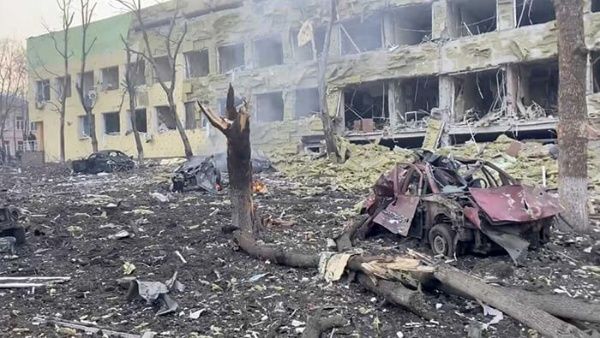
The kyiv government has not yet ruled on the consequences of its counteroffensive in Yelenovka prison. | Photo: Reuters
Published July 29, 2022 (1 hour 4 minutes ago)
According to the Donetsk authorities, the attack on a prison in Yelénovka left more than 100 injured.
The deputy minister of information of the self-proclaimed People's Republic of Donetsk, Daniíl Bezsónov, denounced this Friday the death of 40 Ukrainian soldiers during the bombardment by kyiv forces of a prison in Yelenovka, in the Donbas region.
“At night, the Ukrainian military attacked, presumably with HIMARS (US-made multiple rocket launchers), the Yelénovka prison. It hit directly on the prisoner barracks. The balance so far: 40 dead and 130 injured, ”Bezsónov stated in his Telegram account.
Bezsonov has insisted that these are preliminary figures, since "they are still cleaning up the rubble and the figures may increase."
The kyiv government has not yet ruled on the consequences of its counteroffensive in the Yelenovka prison, where hundreds of military personnel from its own country, imprisoned during the conflict, were held.
Meanwhile, the head of the Donetsk Regional Military Administration on the Ukrainian side, Pavlo Kirilenko, accused Russia of the deaths of eight civilians in Bakhmut, Toretsk, Orlivka, Hirnik and Soledar, and of 19 other injuries.
"At the moment it is impossible to fix the exact number of victims in Mariupol and Volnovakha," he stressed.
"All Russians will be held accountable for their crimes on our land," Kirilenko threatened on Telegram.
Since last February 24, the war in Ukraine has caused severe material damage, thousands of deaths and millions of displaced people, according to the United Nations (UN).
A few days before the outbreak of war, Russia had recognized the proclamation of independence of the republics of Donetsk and Lugansk, in the Donbas region, where fighting had been going on since 2014.
https://www.telesurtv.net/news/fuerzas- ... -0008.html
Google Translator
*************************
From Cassad's Telegram account:
forwarded from
Readovka
Map of hostilities and the situation on the fronts on the evening of July 28
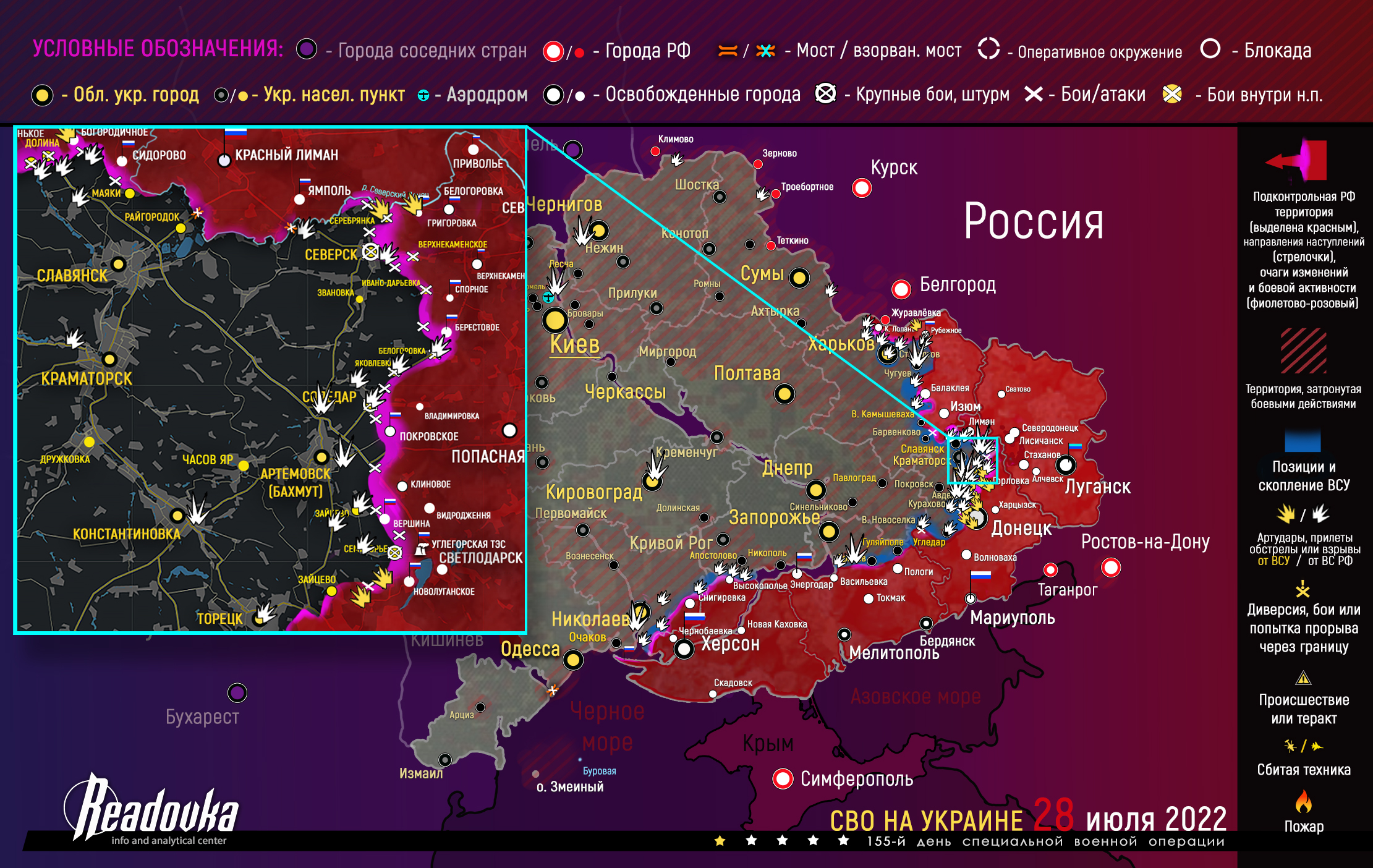
***
Сolonelcassad
by the end of July 28, 2022
The RF Armed Forces, in turn, inflicted fire damage on the positions of the Armed Forces of Ukraine in Stepnogorsk , Kamenskoye and Maly Shcherbak .

https://t.me/s/boris_rozhin
Google Translator
*****************
Shelling colonies in Elenovke
July 29, 10:24 am
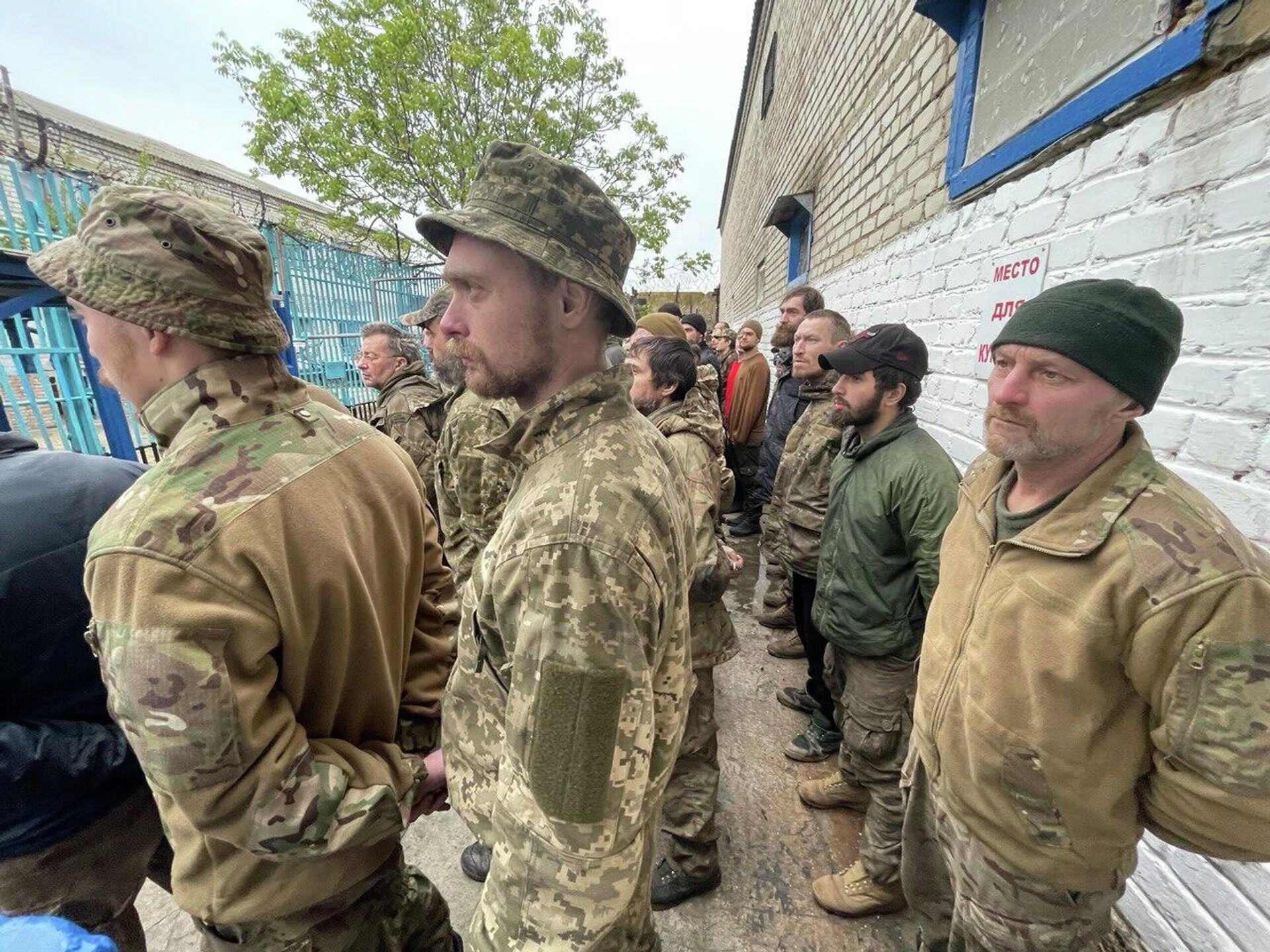
At night, HIMARS MLRS fired at the colony in Yelenovka, where Ukrainian prisoners of war are kept. In particular, Nazis who had surrendered from Azovstal were taken there for detention - the healthy ones were taken to Yelenovka, and the wounded and crippled (some of whom were later changed) - to Novoazovsk.
As of morning, at least 40 people were killed and another 140 were injured as a result of falling into the barracks with prisoners of war. Debris clearance continues, so the number of victims may increase.
Ukraine continues to break new depths of the bottom.
https://colonelcassad.livejournal.com/7766626.html
Extraction from Zelensky in Yelenovka
July 29, 11:48

Footage from the colony in Yelenovka, where 47 Ukrainian prisoners of war were killed by a missile attack by the Armed Forces of Ukraine tonight.
As the Russian Defense Ministry clarified, 75 more prisoners of war and 8 employees of the colony were also injured. Debris clearing and casualty counting continues.
https://colonelcassad.livejournal.com/7767062.html
(Video at link, Russian)
Google Translator
**************************
A Panicking Biden Administration Seeks Talks With Russia
Here is another story that demonstrates the incompetence and arrogance of the Biden administration.
The New York Times reports of a potential prisoner swap between the U.S. and Russia:
[T]he Biden administration has proposed trading the merchant of death for the imprisoned basketball player as well as a former marine held in Russia on what are considered trumped-up espionage charges. In the harsh and cynical world of international diplomacy, prisoner exchanges are rarely pretty, but unpalatable choices are often the only choices on the table.
Whether the swap would go through remained unclear. Secretary of State Antony J. Blinken made the offer public in part to reassure the families of Brittney Griner, the basketball player, and Paul N. Whelan, the former marine, that the administration is doing all it can to free them.
Russian officials, who have long sought the release of the arms trafficker Viktor Bout, confirmed the discussion on Thursday but said Foreign Minister Sergey V. Lavrov was too busy to talk with Mr. Blinken now.
Typically prisoner swaps are not talked about publicly before they happen:
Some veteran hostage negotiators were perplexed that Mr. Blinken made the offer public. “It is baffling why the U.S. would announce this proposal in the midst of the negotiations,” said Rob Saale, the former head of the F.B.I.-led Hostage Recovery Fusion Cell. “If you’re in sensitive negotiations why would you want to air this out publicly? It makes me wonder if the Russians haven’t already declined the deal.”
Mr. Saale suspicion was justified as the Washington Post now reports:
The Biden administration disclosed publicly that the United States had made “a substantial offer” to Russia to secure the release of two American prisoners because closed-door negotiations had stalled, an administration official said Thursday.
The administration hopes public pressure will lead Moscow to engage in negotiations resulting in basketball star Brittney Griner and security consultant Paul Whelan being released from Russian prison, the official said, speaking on the condition of anonymity to discuss sensitive deliberations.
U.S. officials say they have tried for weeks to broker the releases of Griner and Whelan. But the lack of progress, and the prospect of Griner soon facing conviction and sentencing on drug charges, prompted the administration this week to make the negotiations public.
I do not understand why the administration had started such negotiations even before the Griner court case has been closed. In general such prisoners will only be pardoned and released to the other side after they have been sentenced. Anything else would raise accusations of executive interference in the judicial process. The Brittney Griner case, over admitted smuggling of cannabis oil, is still in court. The Russian government will obviously refrain from doing anything about her before the judicial process has ended.
One suspects that the prisoner exchange is much more about Paul Whelan, who likely is a CIA asset. He had passports from four countries and in 2007 started traveling to Moscow while serving as a Marine in Iraq:
Whelan went on to seek out more Russian friends, using the country's social networking service VK among others.
A scroll through their profiles, soon after his arrest, revealed almost all to be men - most considerably younger than him. Some do have clear military connections - including photographs in uniform - though not all, and no-one who replied to my messages had seen any reason to doubt Whelan's motives.
...
The man Whelan accuses of framing him was one of his oldest friends in Russia. He is also a serving intelligence officer.
Defence lawyers disclosed some details of the men's relationship early on in the case, including how the American had visited his friend's house in Sergiev Posad outside Moscow for "saunas and kebabs" the winter before his arrest.
They also said he owed Whelan around 80,000 roubles ($1,147; £930) which the FSB claimed was advance payment for intelligence. The defence team said the Russian had requested a loan to buy a gift for his wife, as part of his trap.
The Russian side says that they found a USB stick in Whelan's pocket with a list of FSB members which had been handed to him by his bribed friend.
It may well be that Whelan was trapped by the FSB. But that does not exclude that he also was a spy. His documented behavior surely raises that suspicion:
On December 28, 2018, Whelan was arrested in the Moscow area by the Russian Federal Security Service (FSB), which later confirmed his arrest. Whelan's twin brother David said Whelan arrived in Moscow on December 22 to attend the wedding of a former fellow Marine at the Hotel Metropol Moscow and to assist the groom's family members on their first visit to Russia, a country he had visited many times. He said his brother planned to return to Michigan on January 6, 2019, via Saint Petersburg.
Per MBK News, an outlet run by Putin critic Mikhail Khodorkovsky, Whelan had $80,000 in cash "temporarily confiscated" during a customs inspection at Domodedovo Airport. According to the New York Times, Whelan had acted as a local guide for the wedding guests, but had decided to spend the day of the wedding to meet a friend, per the account of other attendees.
Why is the Biden administration now racing to get a prisoner exchange? Why is it publishing that it is doing so? I really see no good reason for that.
There are of course, as M.K. Bhadrakumar notes, other important reasons why Blinken wants to talk with Russia:
Blinken then came to the real purpose of his forthcoming call with Lavrov — “the plans that Russia now has to pursue the annexation of Ukrainian territory.”
Blinken repeated the hyperbole that sanctions are having “a powerful and also growing effect” and has “weakened Russia profoundly” and the Biden administration will do all that it can “to strengthen Ukraine’s position on the battlefield so it has the strongest possible position at the negotiating table.”
However, what comes through is the growing disquiet in Washington that to its utter disbelief, the Russian stance has only hardened lately. Blinken said it is “causing alarms.” In particular, he noted Lavrov’s remark last week that the Kremlin’s goals in Ukraine had expanded. “Now they seek to claim more Ukrainian territory, beyond the Donbas,” he commented.
Indeed, the war has spun out of US algorithm. As Hungarian PM Orban pointed out last week, anti-Russian sanctions “have not shaken Moscow,” but Europe has already lost four governments and is in an economic and political crisis.
Russia is paying back to the US and NATO in the same coin that the latter did when they dismembered Yugoslavia.
The U.S. sees that its proxy war against Russia is not going into the hoped for direction:
The spectre of the collapse of EU economies is rattling the Biden Administration. A CNN report yesterday was titled US officials say ‘biggest fear’ has come true as Russia cuts gas supplies to Europe. It said the Biden administration “is working furiously behind the scenes to keep European allies united” as the blowback from the sanctions against Russia hits them and the “impact on Europe could boomerang back onto the US, spiking natural gas and electricity prices.”
The report quoted an unnamed US official saying Russia’s retaliation for western sanctions has put the West in “unchartered territory.” Suffice to say, Blinken’s call underscores the desperate urgency in Washington to open a line of communication to Moscow at the political level.
It was obvious that the Russian side would use the publishing of the potential prisoner exchange to its advantage:
Kremlin spokesman Dmitry Peskov told reporters Thursday that diplomatic silence typically surrounds negotiations regarding prisoner releases. Announcements are usually made “about agreements that have been completed,” Peskov said, and no agreements have been finalized.
The Russian government acknowledged Thursday that it had received Blinken’s request, but the media service Interfax reported that Lavrov would respond “when his own schedule allows.”
“Russian Foreign Minister Sergei Lavrov will pay attention to this request as soon as time allows,” ministry spokesperson Maria Zakharova said, according to Interfax. “Currently, his schedule of international contacts is packed full of real affairs: the SCO [Shanghai Cooperation Organization] council of foreign ministers in Tashkent, bilateral meetings.”
Yes, the foreign minister of 'isolated Russia', who was recently friendly received in several African countries, is very busy with meeting dozens of foreign dignitaries. He has no time for a call with some U.S. minion known for making unfounded accusations and unreasonable requests.
The Russian's will let Blinken squirm for a while over the unimportant prisoner affair and other issues.
The delusion reflected in the Washington Post write up shows that the U.S. has yet to come to its senses:
Lavrov on Wednesday concluded a four-day trip to Africa and is now in Uzbekistan, part of a flurry of recent diplomatic visits, as Russia seeks to bolster its remaining partnerships amid deepening international isolation over its war in Ukraine.
How please is the alleged international isolation of Russia 'deepening`? After the first flurry of sanctions, solely by NATO, EU and 5-eyes countries, no other country has joined the 'western' Russia bashing or put up sanctions. Russia's international standing with the other 80+% of humanity has in fact increased ever since.
The Washington Post writer, as well as the whole Biden administration, has some serious delusions about Russia's role in the now multipolar world.
Lavrov, Peskov and Maria Zakharova are experienced professionals. If one wants to talk with them one should be on a similar level.
Blinken does not even come near to that.
Posted by b on July 29, 2022 at 9:57 UTC | Permalink
https://www.moonofalabama.org/2022/07/a ... .html#more
********************
Russian Ops in Ukraine (July 28, 2022): Ukraine’s “Kherson Offensive,” Battle in the Donbass
Posted by INTERNATIONALIST 360° on JULY 28, 2022
Update on Russia operations in Ukraine for July 28, 2022
– US continues sending weapons to Ukraine but in diminished numbers;
– Pentagon overstates impact of HIMARS, omits Russian gains in Donbass;
– Washington DC-based think tank admits Russia is still making gains;
– Best case scenario for Ukraine’s “Kherson Offensive” falls far short of “victory;”
References:
Defense Politics Asia – Ukraine Map: https://defensepoliticsasia.com/ukraine/
Live UA Map: https://liveuamap.com/ US Department of Defense – Senior Defense Official Holds a Background Briefing JULY 22, 2022: https://www.defense.gov/News/Transcri…
Washington Post – Ukraine is running out of ammunition as prospects dim on the battlefield: https://www.washingtonpost.com/world/…
Institute for the Study of War (ISW) – Russian Offensive Campaign Assessment, July 27: https://www.understandingwar.org/back…
AP – In Ukraine war, a race to acquire smarter, deadlier drones: https://apnews.com/article/russia-ukr…
Ukrainian National Resistance Center – THE RUSSIANS BRING HEALTHCARE WORKERS TO LUHANSK REGION DUE TO THE REFUSAL OF THE LOCALS TO COOPERATE WITH THEM: https://sprotyv.mod.gov.ua/en/2022/07…
BBC – Kherson: Ukraine stepping up counter offensive to retake city – sources: https://www.bbc.com/news/world-europe…
VOA – Russia Captures Power Plant in Southern Ukraine: https://www.voanews.com/a/russia-capt…
https://libya360.wordpress.com/2022/07/ ... e-donbass/
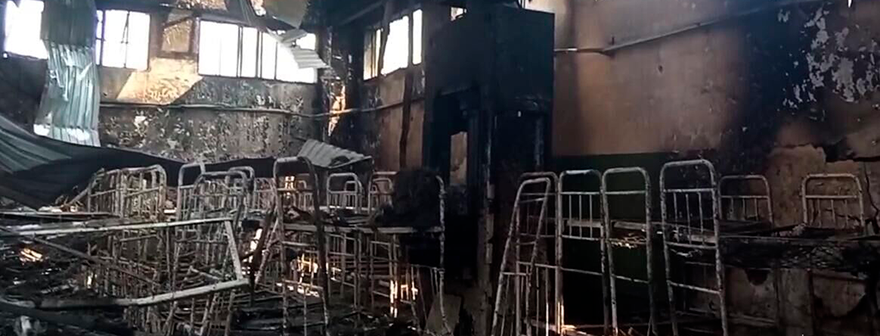

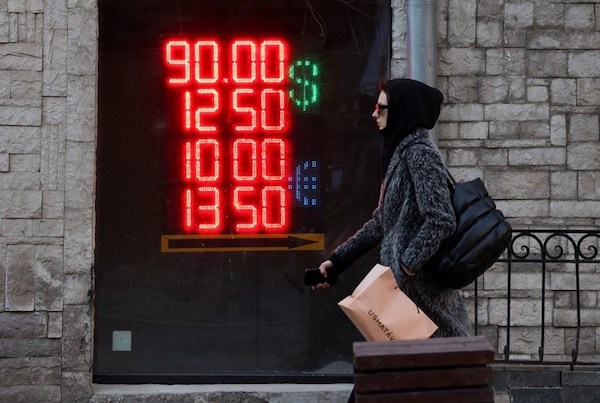

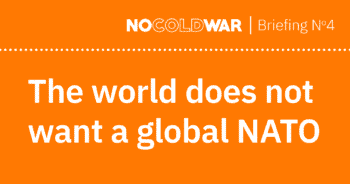
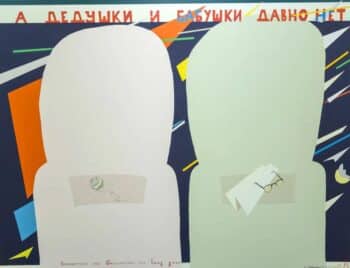


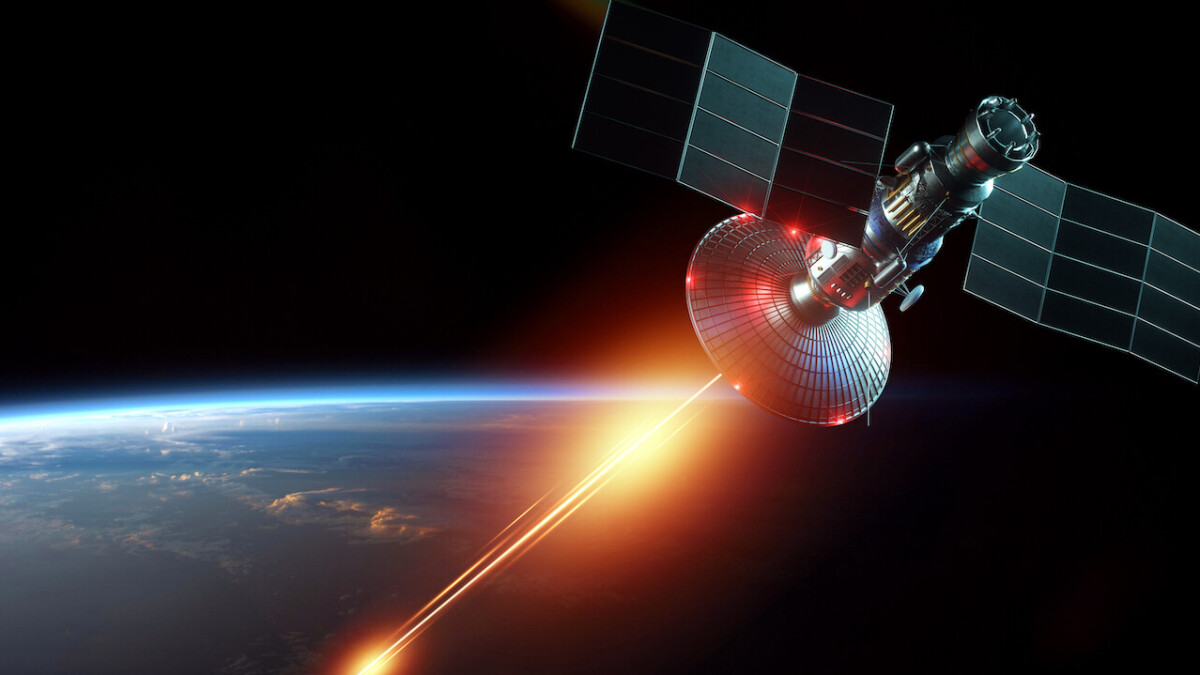


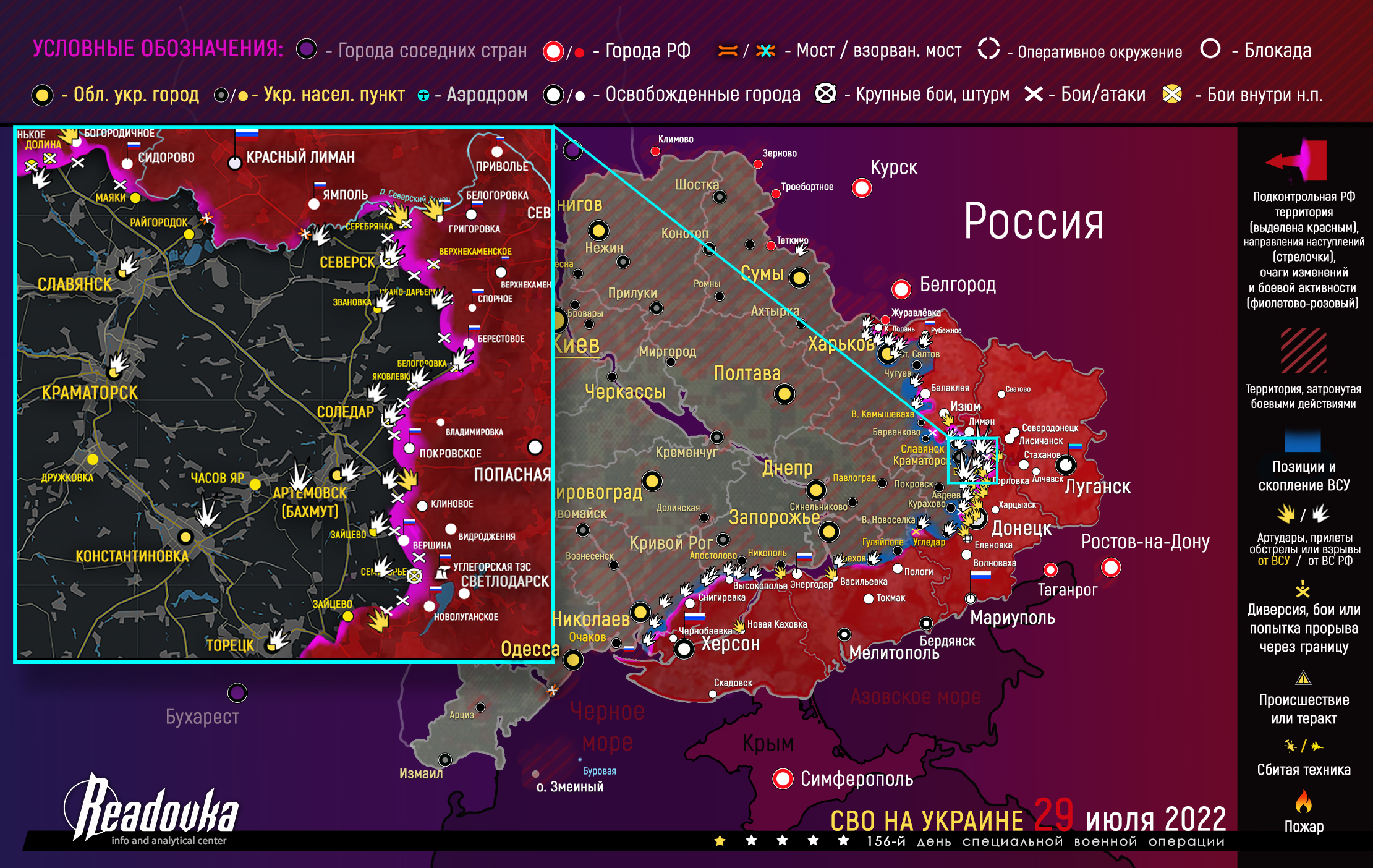

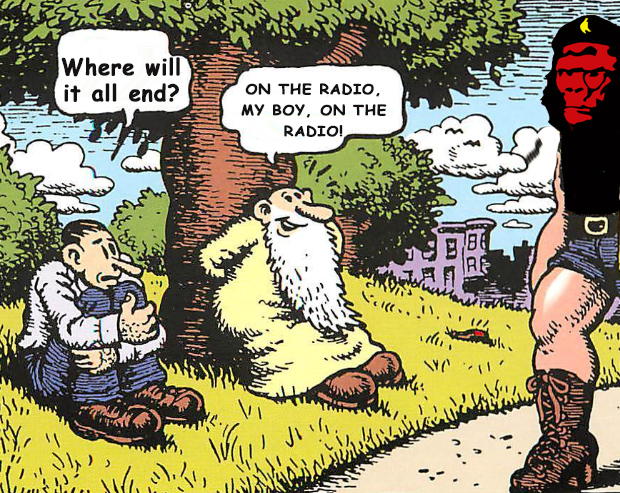


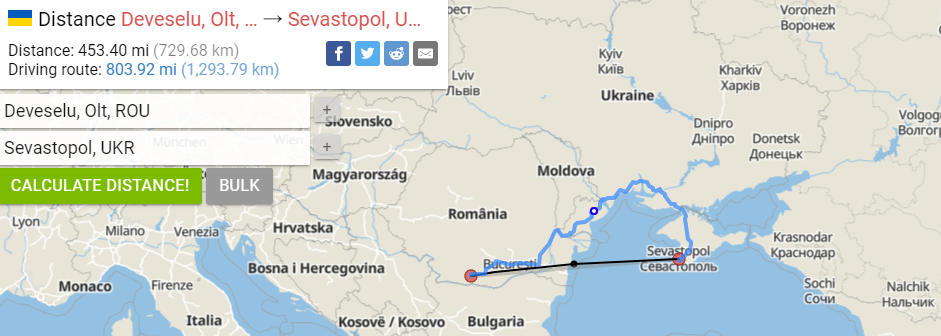







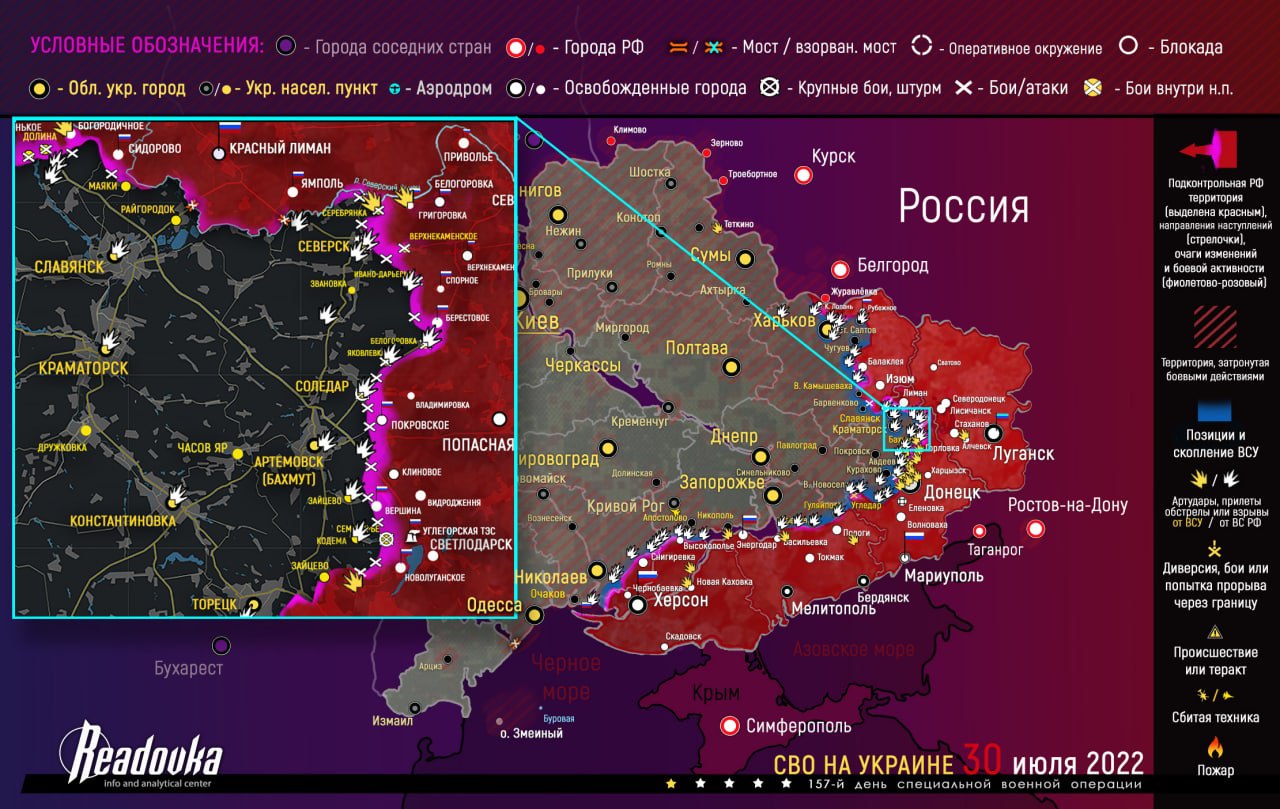

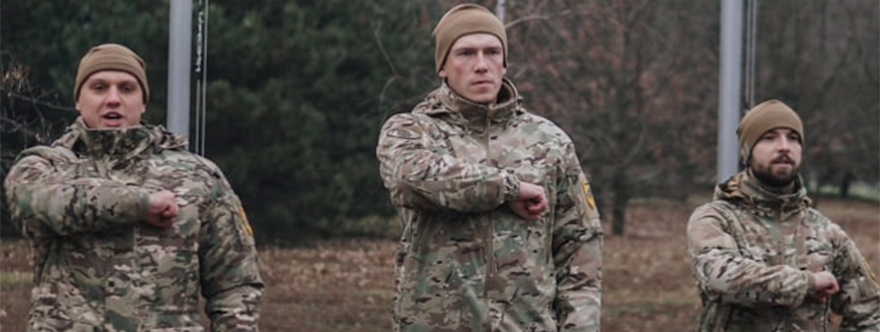
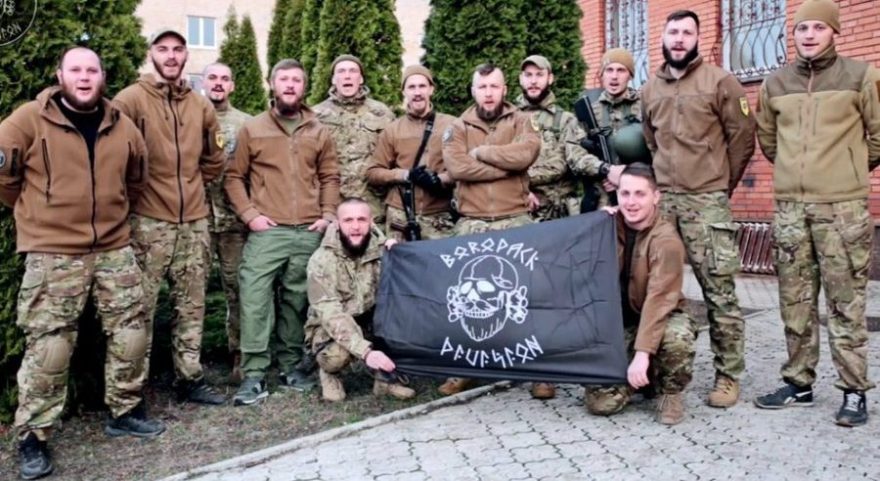
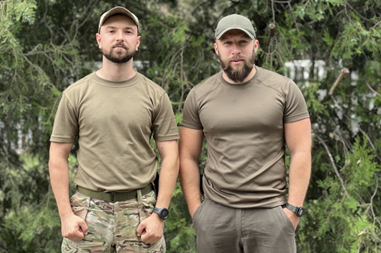
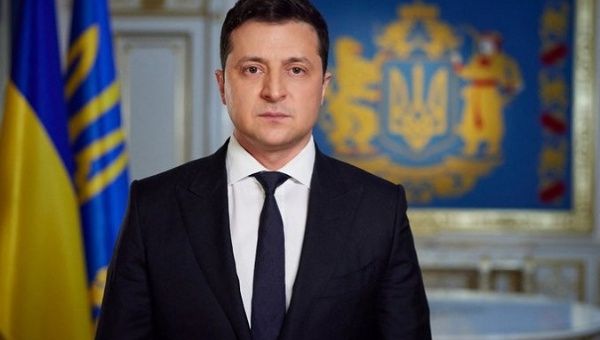
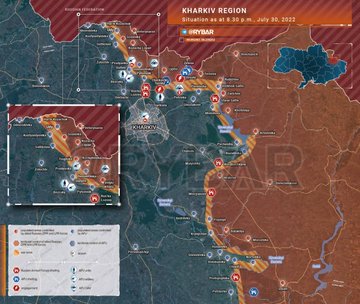

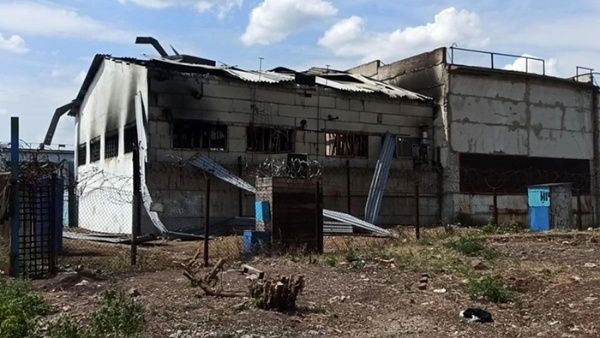
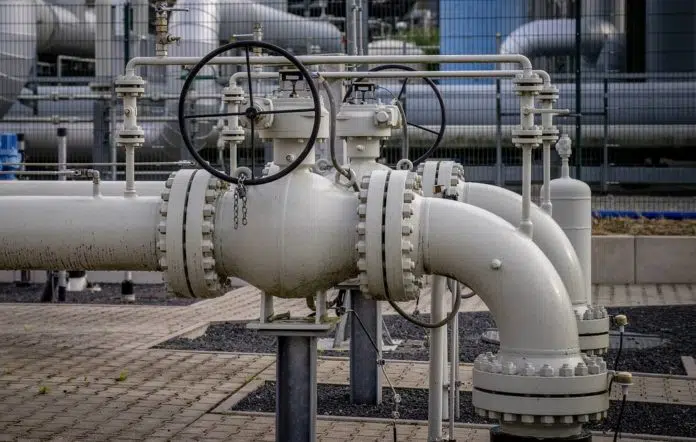
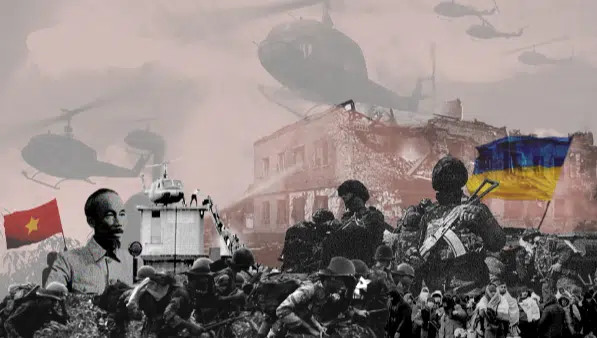

















 [Source: Facebook.com]
[Source: Facebook.com]




























